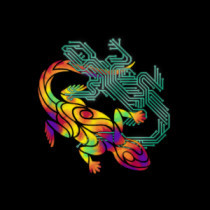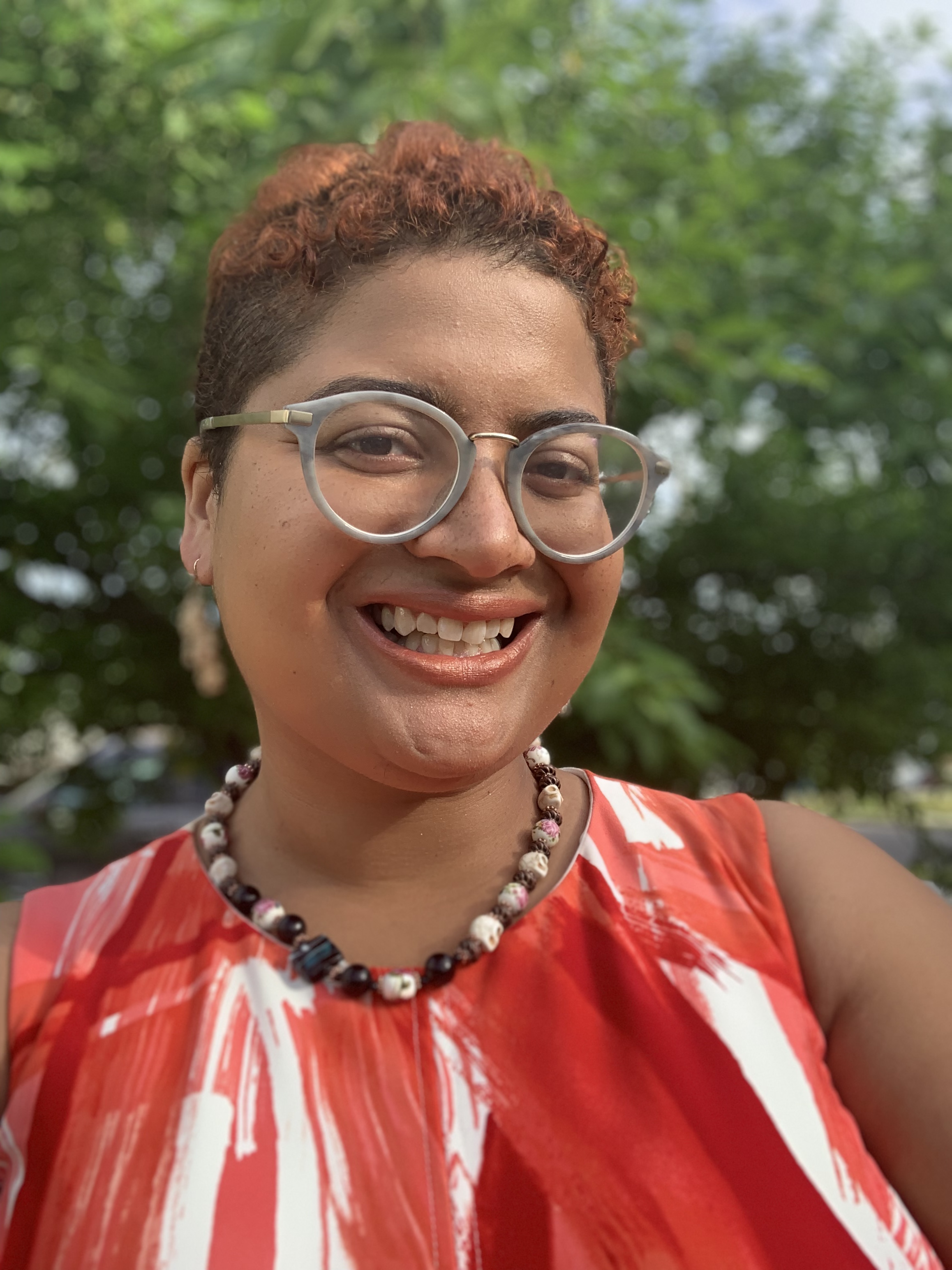
The celebration of spring on Ranul.
The festivities take place around the time of the year when Kasavoa passes through the Spring Crab constellation. The most opulent celebrations are held on the day when this celestial event occurs, but the precise date depends on Ranul's orbital position.
The Kaleidoscope System is being developed by Kathrin Janowski a.k.a. Kaleidechse.
Unless otherwise stated, all artworks are created by myself.
All rights reserved.
Unless otherwise stated, all artworks are created by myself.
All rights reserved.
Cover image:
by
Kathrin Janowski
Comments
Author's Notes
What do you think about this tradition? Is there anything else you would like to know about the festival? Is anything unclear?
Please Login in order to comment!







I love that the festival is based around a constellation! :D I really enjoyed reading about how the different cultures observe the festival, and also the history of it. The idea of all the lanterns the Rilsu put up sounds beautiful. <3
Explore Etrea
Thank you so much! ^^ The lanterns are definitely something I want to illustrate at some point.
Creator of the Kaleidoscope System and the planet Miragia.